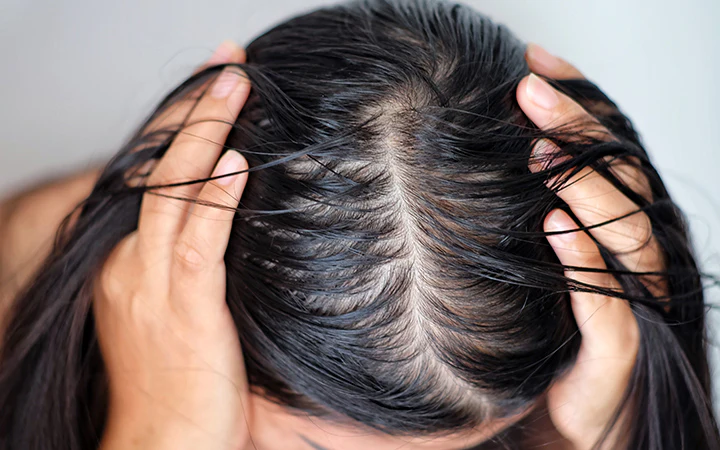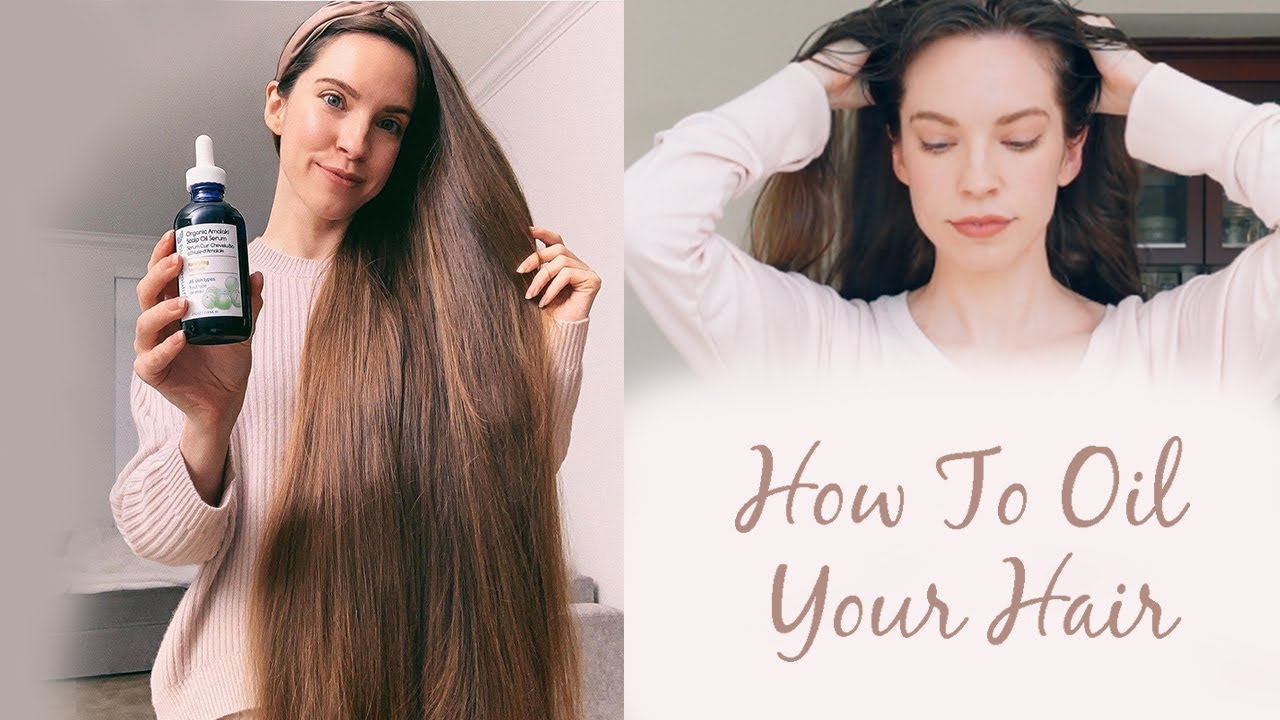Ingrown hairs can be a frustrating and painful, especially for those who regularly shave, wax, or use other temporary hair removal methods. These hairs, which curl back or grow sideways into the skin, often lead to redness, bumps, and even infections. If you’ve been searching for a long-term solution, you may be wondering: Will laser hair removal get rid of ingrown hairs? The short answer is yes, but let’s dive deeper into how and why laser hair removal works to eliminate ingrown hairs.
What Causes Ingrown Hairs?
Before discussing how laser hair removal helps, it’s important to understand what causes ingrown hairs in the first place.
- Shaving and Waxing: These common hair removal methods can actually contribute to ingrown hairs. Shaving cuts the hair at the surface level, leaving a sharp tip that can curl back into the skin, while waxing pulls the hair out by the root, which can sometimes cause new hair to grow improperly. This leads to irritation, bumps, and potentially ingrown hairs.
- Clogged Pores: Dead skin cells can block the hair follicles, causing hair to get trapped under the skin. Exfoliating helps reduce the risk but doesn’t always guarantee prevention.
- Friction and Tight Clothing: Constant pressure or friction, such as wearing tight clothes or repeated skin rubbing, can force hair to grow sideways, leading to ingrown hairs.
- Curly or Coarse Hair: People with naturally curly or coarse hair are more prone to ingrown hairs, as their hair is more likely to curl back into the skin.
How Does Laser Hair Removal Help Prevent Ingrown Hairs?
Laser hair removal is one of the most effective long-term solutions for preventing and eliminating ingrown hairs. Here’s how it works:
- Targets Hair at the Root: Laser hair removal targets the pigment in the hair follicle. The laser emits light absorbed by the hair’s pigment, effectively damaging the follicle and inhibiting future hair growth. Since the follicle is destroyed or significantly weakened, hair is less likely to regrow—and when there’s no hair, there’s no risk of it becoming ingrown.
- Prevents New Growth: With multiple sessions, laser hair removal can lead to permanent hair reduction. As fewer hairs grow back, the likelihood of ingrown hairs drops significantly.
- Reduces Irritation and Bumps: Since laser hair removal reduces the need for frequent shaving or waxing, it also eliminates the irritation and bumps that often accompany these temporary hair removal methods. Without constant irritation, the chances of ingrown hairs forming are drastically reduced.
- Suitable for All Areas: Laser hair removal is effective in areas prone to ingrown hairs, such as the face, legs, bikini line, and underarms. Laser hair removal offers a solution, whether you’re dealing with ingrown hairs on your legs from shaving or in more sensitive areas like the bikini line.
Can You Get Laser Hair Removal If You Already Have Ingrown Hairs?
Yes, you can undergo laser hair removal even if you currently have ingrown hairs. The treatment can help alleviate the problem by targeting the hair follicles that are causing the ingrown hairs. As the follicles are treated and weakened over time, the ingrown hairs will disappear, and future occurrences will be significantly reduced or eliminated.
What to Expect After Laser Hair Removal
Laser hair removal is not an instant fix—it typically requires 6 to 8 sessions spaced several weeks apart to achieve optimal results. During the process, you might still notice some hair shedding or minor regrowth between treatments. This can sometimes feel like ingrown hairs, but in reality, it’s just the hair follicles pushing out treated hairs from the skin. With continued treatments, the number of active hair follicles will decrease, and the risk of ingrown hairs will eventually disappear.
Are Ingrown Hairs Completely Gone After Laser Hair Removal?
After completing the recommended number of laser hair removal sessions, most people experience a significant reduction in hair growth, and in many cases, the hair is permanently gone in the treated areas. This means the likelihood of developing new ingrown hairs in these areas becomes extremely low. However, occasional maintenance sessions may be required to properly manage any remaining or new hair follicles.
Can Laser Hair Removal Be Combined with Other Treatments?
Combining laser hair removal with good skincare practices is important for the best results in preventing ingrown hairs. Regular exfoliation and moisturizing can help keep your skin smooth and prevent clogged pores, further reducing the chances of developing ingrown hairs.
Additional treatments such as microdermabrasion may complement laser hair removal for those with sensitive skin or persistent ingrown hairs. Microdermabrasion helps remove dead skin cells that can clog hair follicles, enhancing the effectiveness of the laser treatment.
Is Laser Hair Removal the Best Option for Ingrown Hairs?
Yes, laser hair removal is one of the most effective methods to permanently reduce or eliminate ingrown hairs. Targeting the hair follicles directly and preventing new hair from growing addresses the root cause of ingrown hairs. Not only does this method significantly reduce the chances of new ingrown hairs forming, but it also leads to smoother, irritation-free skin in the long run.
If you’re tired of dealing with painful, unsightly ingrown hairs, laser hair removal could be the long-term solution you’ve been looking for. Consult with a licensed professional to find out if you’re a good candidate for the treatment and get started on the journey to smoother, hair-free skin.
Ready to Say Goodbye to Ingrown Hairs for Good?
If you’re struggling with persistent ingrown hairs and are looking for a lasting solution, contact a laser hair removal specialist today. The sooner you start, the sooner you’ll be on your way to smoother skin—free from the irritation and hassle of ingrown hairs!



